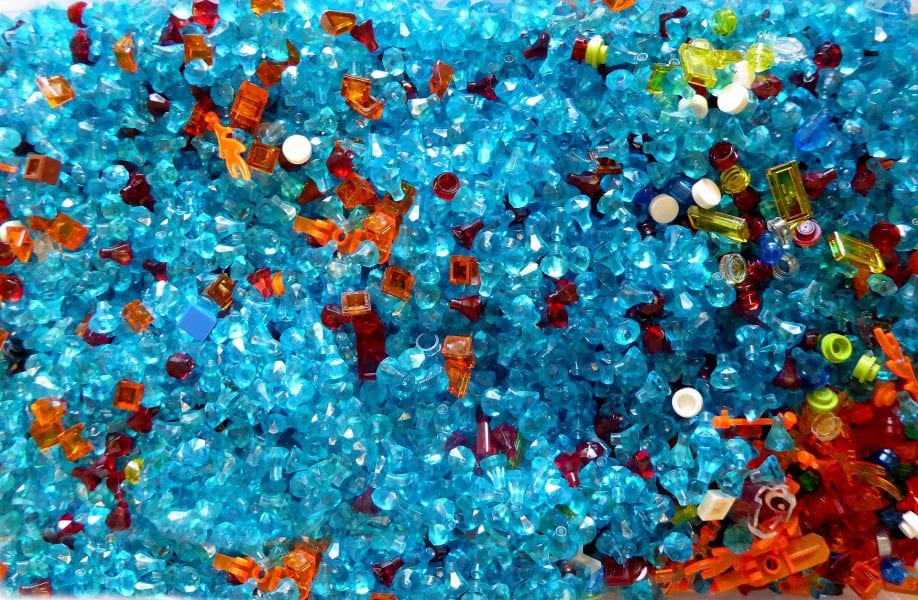Polyhydroxyalkanoates (PHAs) are a family of microbial polyesters that have attracted much attention as biodegradable and biocompatible plastics and elastomers that can substitute petrochemical counterparts. During the past 30 years, many researchers spent considerable efforts towards determining the crystal structure of PHA synthase, unfortunately without success.
The Korean research team led by Prof. Kyung-Jin Kim (Kyungpook National University) and Prof. Sang Yup Lee (KAIST) published research in Biotechnology Journal which unveiled the 30-year mystery of polyhydroxyalkanoate (PHA) synthase. They report the crystal structure of PHA synthase from Ralstonia eutropha, the best studied bacterium for PHA production, as well as the structural basis for the detailed molecular mechanisms of PHA biosynthesis. After deciphering the crystal structure of the catalytic domain of PHA synthase in addition to other structural studies on whole enzyme and related proteins, Professor Kim and Professor Lee’s team also performed experiments to elucidate mechanisms of the enzyme reaction, validating detailed structures, enzyme engineering, and also N-terminal domain studies among others.
The work will serve as essential information in creating designer, and more efficient bioplastic machineries, and has an enormous impact in the scientific communities of PHA, metabolic engineering, microbiology, as well as general biological sciences.
Text kindly contributed by Prof. Sang Yup Lee and Dr. Jing Zhu.

















